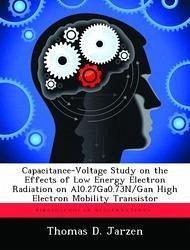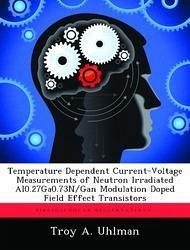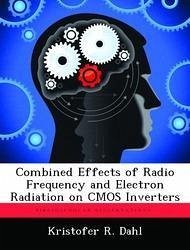Nicht lieferbar

Capacitance-Voltage Study on the Effects of Low Energy Electron Radiation on Al0.27Ga0.73N/Gan High Electron Mobility Transistor
Versandkostenfrei!
Nicht lieferbar
The effects of radiation on semiconductors are extremely important to the Department of Defense since the majority of the defense informational, navigational and communications systems are now satellite-based. Due to the high radiation tolerance of gallium nitride and a plethora of high temperature, high power and high frequency applications, the prospect that gallium nitride based devices will become key components in a multitude of military satellite-based systems is highly probable. AlxGa1-xN/GaN HEMTs were irradiated at low temperature (~80 K) by 0.45 - 0.8 MeV electrons up to fluences of ...
The effects of radiation on semiconductors are extremely important to the Department of Defense since the majority of the defense informational, navigational and communications systems are now satellite-based. Due to the high radiation tolerance of gallium nitride and a plethora of high temperature, high power and high frequency applications, the prospect that gallium nitride based devices will become key components in a multitude of military satellite-based systems is highly probable. AlxGa1-xN/GaN HEMTs were irradiated at low temperature (~80 K) by 0.45 - 0.8 MeV electrons up to fluences of 1 1015 e-/cm2. Following irradiation, low temperature capacitance-voltage measurements were recorded providing fluence-dependent measurements; additionally low-temperature post-irradiation capacitance-voltage measurements were recorded at twenty-four hour intervals up to 168 hours in order to investigate the room temperature annealing process. Using previously irradiated devices, the effects of a 9 month room temperature anneal were also considered. Capacitance-voltage measurements indicate that low energy electron radiation results in an increase in the transistor channel drain current.












